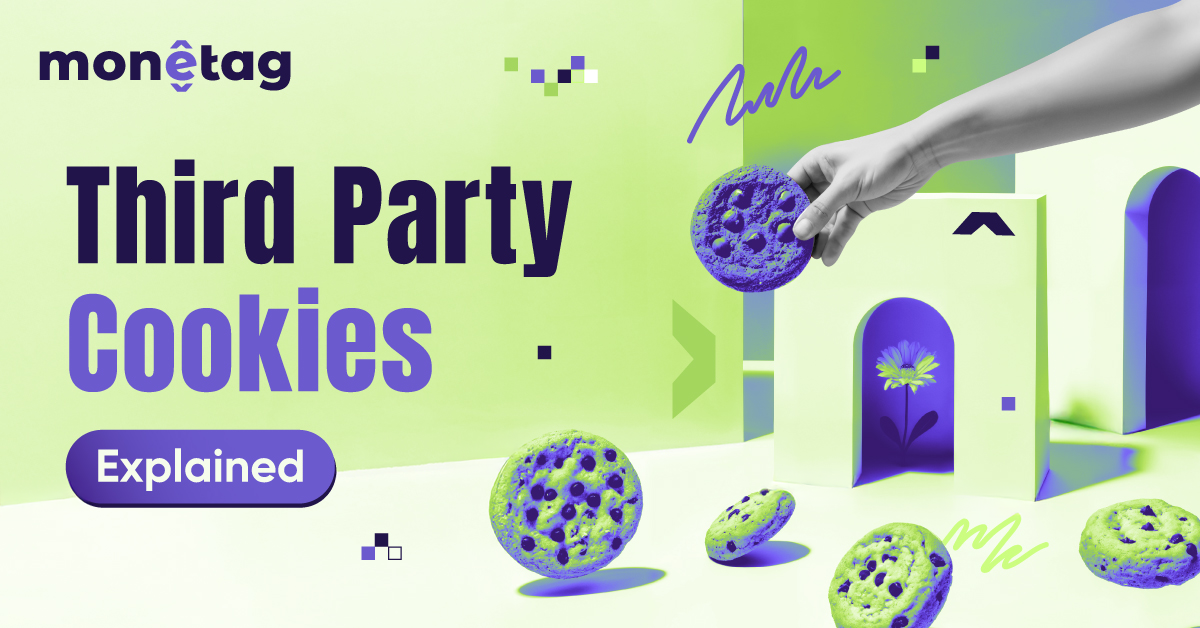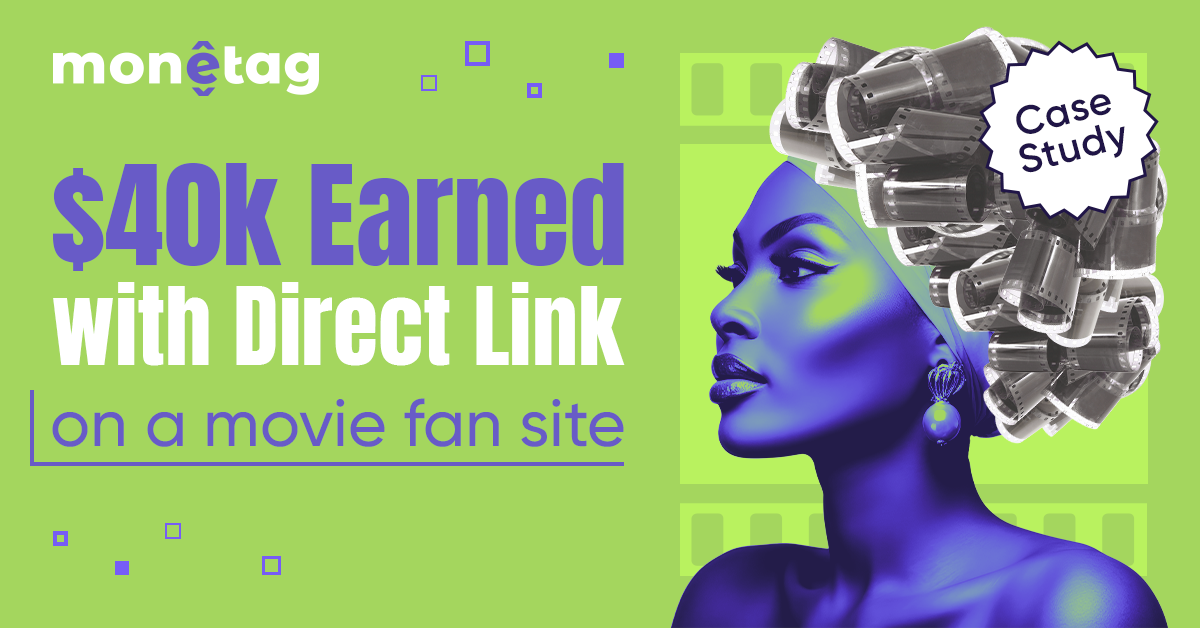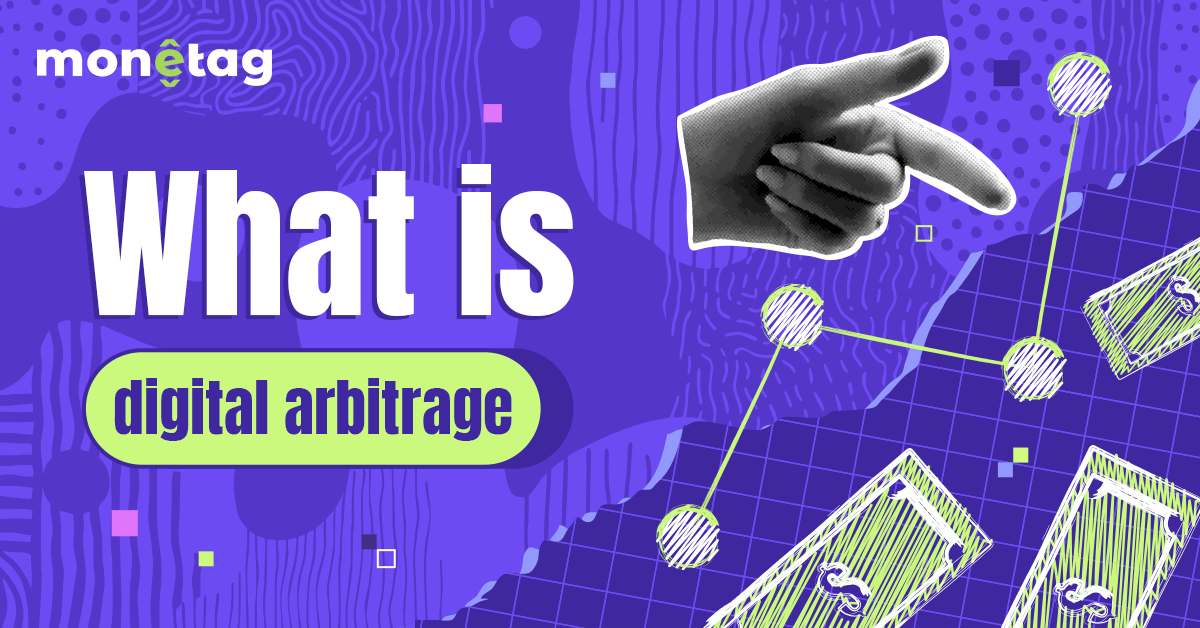LiveRamp Review: The Data Collaboration Powerhouse

You know that frustration when your customer data is trapped in silos? When do you know you could personalize better if only your CRM, ad platforms, and analytics talk to each other? That’s where the LiveRamp data marketplace comes in.
What does Liveramp do? Let’s cut through the buzzwords.
What is LiveRamp?

LiveRamp isn’t just another CDP or data platform. It’s the behind-the-scenes connector that helps enterprises stitch together customer data across 500+ platforms (think Google Ads, Salesforce, retail media networks). Founded in 2011, it’s become the plumbing that lets brands recognize customers across devices without relying on third-party cookies.
Here’s the key: LiveRamp doesn’t own your data. It helps you safely use it everywhere while keeping compliance tight.
The Nitty-Gritty: Key Features
Identity Resolution That Actually Works
LiveRamp’s identity stitching goes beyond basic email matching. It connects disparate customer signals—loyalty IDs, hashed emails, device graphs—into unified profiles that persist across platforms.
A luxury retailer saw 37% fewer duplicate customers after implementation, while maintaining strict privacy compliance.
Clean Room Collaborations
These secure data environments let brands and retailers analyze campaign performance together, without sharing raw customer data. One CPG company discovered 60% of their “new” Amazon shoppers were actually existing Walmart buyers through this blind matching.
First-Party Data Onboarding
The painful process of uploading CRM data to ad platforms gets automated. A travel brand reduced its audience sync time from 48 hours to 15 minutes while eliminating manual errors that previously wasted 12% of its ad spend.
TV-to-Digital Attribution
LiveRamp bridges the gap between CTV ads and digital actions. A streaming service proved 28% of signups came from linear TV viewers by matching set-top box data to website conversions—something previously impossible to track accurately.
Privacy Compliance Built-In
Consent management isn’t an afterthought. Opt-outs propagate across all connected platforms in near real-time, with audit trails that satisfy even EU regulators. A financial services client avoided €2M in potential GDPR fines last year thanks to this infrastructure.
How Businesses Actually Use LiveRamp
Retailers are getting the most bang for their buck with LiveRamp. Take a major grocery chain – they used IdentityLink to connect their 30 million loyalty members to Walmart’s DSP, Kroger’s retail media network, and even Spotify ads. The result? A 19% increase in repeat purchases from lapsed customers. What makes this work is how LiveRamp anonymizes the data – Walmart sees “Grocery Chain Customer #XJ42” rather than actual emails or phone numbers.
Publishers, are using LiveRamp differently. A sports media company created private marketplace deals where advertisers could target their subscribers across devices.
Here’s the kicker – they didn’t just sell ads, they sold verified audience segments.
An auto brand paid 3x their usual CPM to reach “sports fans actively shopping for trucks” because LiveRamp could confirm these users had visited dealer sites.
For agencies, the real value is in the workflow. One mid-sized agency servicing healthcare clients showed me their process before LiveRamp:
- Download patient lead lists from client CRMs (with 20 different formats)
- Manually clean and hash the data
- Upload separately to Facebook, Google, and The Trade Desk
- Wait 48 hours for matching
After implementing LiveRamp? They built one master patient profile that automatically updates across all platforms in near real-time. Their media buyer told me:
We went from spending 60% of our time on data prep to actually optimizing campaigns.
The unexpected use case? Political campaigns. A Senate race last cycle used LiveRamp to sync their donor database with connected TV and radio buys. Because the platform preserves privacy compliance, they could target known supporters across streaming services without violating election laws. Their digital director said it was the only way to reach older voters who’d opted out of social media but watched local news on Roku.
What most users don’t realize is that LiveRamp’s value grows over time. A luxury retailer’s CMO explained:
The first year was about connecting our systems. By year three, we’re predicting customer churn by combining POS data with ad exposure logs – something we couldn’t even measure before.
The common thread? Businesses using LiveRamp best aren’t just solving today’s data problems – they’re building infrastructure for whatever comes next in privacy-focused marketing. As one CDO put it:
This isn’t a campaign tool – it’s how we future-proofed our entire customer data strategy.
Pro Tip: The savviest publishers are now packaging LiveRamp-enabled audiences as premium products – think “Verified Homeowners” or “Recent Luxury Car Shoppers” that command 5-7x higher CPMs than traditional demographic targeting.
Is LiveRamp a DMP? Not Exactly – Here’s Why
While LiveRamp gets lumped in with Data Management Platforms (DMPs), it operates differently under the hood. Traditional DMPs like Adobe Audience Manager were built for the third-party cookie era – they excel at aggregating anonymous audience segments for broad targeting, but struggle in today’s privacy-first landscape.
LiveRamp flips this model: instead of relying on cookies or device IDs, it creates persistent, people-based identities that work across environments while maintaining privacy compliance. Where a DMP might help you target “women aged 25-34 interested in travel,” LiveRamp lets you securely connect your actual CRM data to ad platforms without exposing personal details. The key difference?
DMPs are about audience guessing – LiveRamp is about knowing your customers everywhere while keeping their data protected.
That’s why many enterprises now use LiveRamp to future-proof their first-party data strategies as third-party cookies disappear. As one retail CMO put it:
We retired our DMP last year – LiveRamp gives us the same cross-channel reach without the privacy headaches.
LiveRamp Pricing Overview
While LiveRamp company doesn’t publish official pricing (common with enterprise SaaS platforms), we can estimate the figures coming from the verified user reports, industry benchmarks, and firsthand accounts.
LiveRamp operates on a custom quote system, with costs typically falling into three buckets:
- Implementation fees. One-time setup costs range. $15,000 – $50,000. Includes onboarding, data mapping, and platform configuration. Pro tip: Some partners offer implementation credits if you commit to annual usage
- Annual license. Starts around $50,000/year for basic identity resolution. Enterprise packages with advanced features (clean rooms, predictive modeling) can exceed $250,000/year
- Usage-based costs. $0.50 – $2.50 per thousand matched customer profiles. Retail media network activations often have additional gateway fees
LiveRamp API: How Developers Use It
The LiveRamp API is where the real magic happens for tech teams. Here’s what it enables:
- Programmatic Data Onboarding. Automatically sync CRM data to 500+ ad platforms
Example: A hotel chain pushes nightly guest lists to Facebook Ads without manual uploads
- Real-Time Identity Resolution. Match user records across devices/emails/phone numbers via API calls. One retailer reduced duplicate profiles by 63% using this
- Clean Room Integrations. Run analytics with partners (e.g., Walmart Connect) without sharing raw data. API responses return aggregated insights only
- Privacy Compliance Automation. Automatically honor opt-outs across all platforms. GDPR/CCPA consent signals propagate in <15 minutes
Developer notes:
- Uses RESTful endpoints with JSON responses
- Documentation is enterprise-grade (but complex)
- Average implementation takes 6-8 weeks
The Verdict
LiveRamp isn’t a magic bullet—it’s enterprise-grade infrastructure. If you’re spending $100k+/month on ads and drowning in fragmented data, it’s transformative. For everyone else? Probably overkill.



